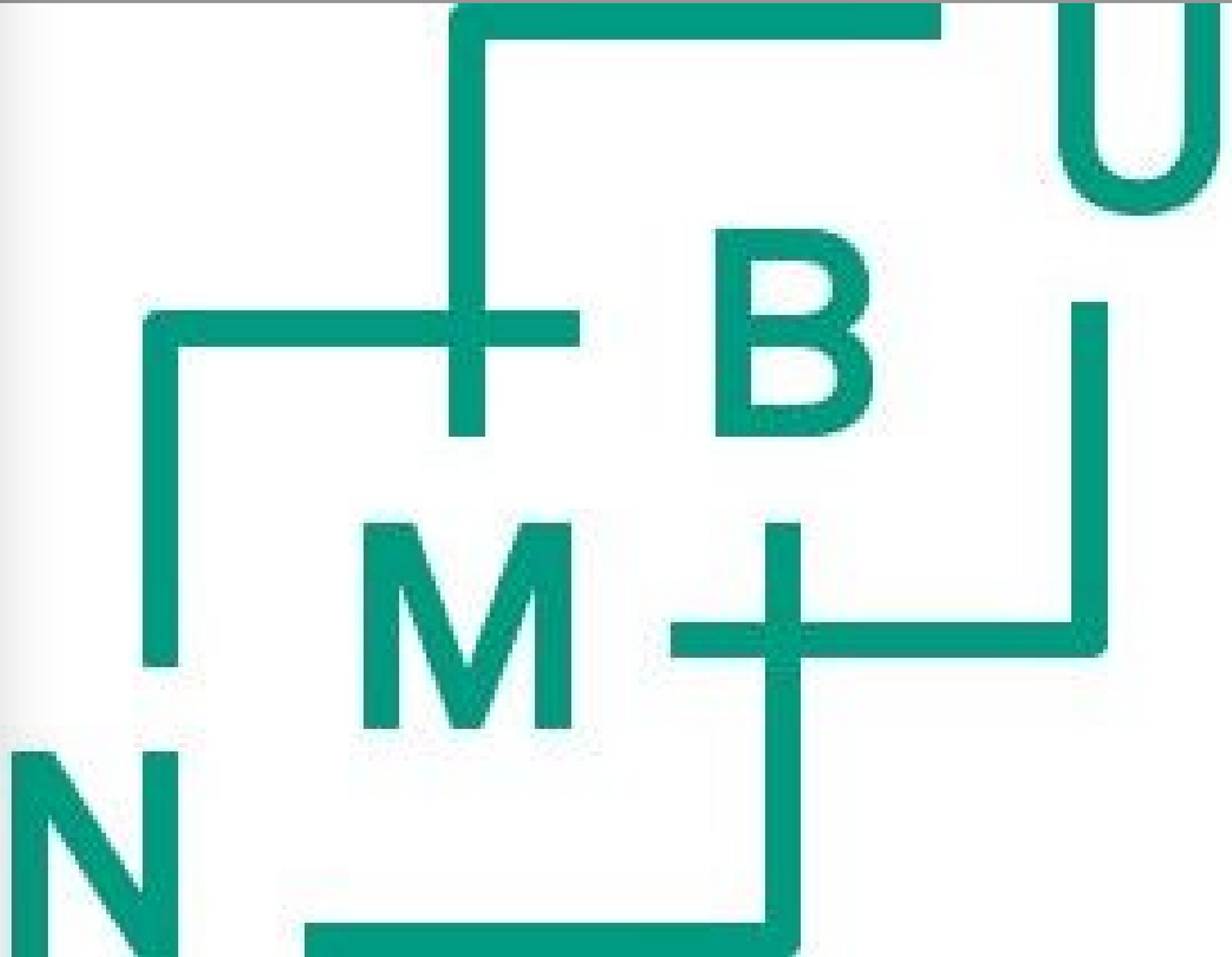WP1: Current application and needs for ecosystem accounting in layered planning for the Oslofjord
Work package 1 will review to what extent the different elements of Ecosystem Accounting are applied in plans for the Oslofjord. Planners and decision-makers will be interviewed about the specific needs for Ecosystem Accounting tools in various layers of regional coastal plans. Then the needs for better applying Ecosystem Accounting in these plans will be identified.
WP2: Eutrophication versus coastal habitat conservation in the Oslofjord
Work package 2 will map present-day water quality, habitat extent and ecosystem condition. It will also describe the situation for contemporary marine ecosystem services. Water quality and ecosystem condition will be linked to ecosystem services. The work package will utilize ecosystem accounting to estimate the potential for improvements, to value the improved ecosystem services. Policy guidance will be provided to evaluate coastal habitat benefits when the costs are disproportionate to benefits themselves.
WP3: Recreational fishing versus fishing ban and sustainable fishery resource utilization
Work package 3 will study how the worsened environmental state of the Oslofjord impacts perspectives, experiences and behaviors among recreational anglers and birdwatchers in the area. Environmental measures which affect these groups include a general fishing ban for cod as well as no-fish zones. The current state of the fjord may also impact both activities through reduced food access and lower survival rates among local fish and bird populations, resulting in fewer birdwatching and fishing opportunities. Using public participatory GIS, focus groups and online discussion forums, the work package will map which areas recreational anglers and birdwatchers have historically used, which areas they currently use and which areas they would have used if the condition of the Oslofjord was better. Investigations will be done about the impact on recreational value, experiences, which changes the two groups have experienced over time and how they feel these changes have affected their ability to fish and watch birds.
WP4: Public recreation carrying capacity versus use
Work package 4 will determine the value of coastal recreation use and map the spatial and temporal patterns of use and values of recreational activities along the coastal zones of the Oslofjord. It will provide coastal recreational use value to compare with the potential value of private property development. Use capacity for coastal recreation will be evaluated.
WP5: Private property amenity values versus public recreation designation
Work package 5 will estimate the recreation amenity values accruing to private property within 100m of coastal zone. It will also estimate aggregate amenity values per recreation area, and per municipality, as a basis for possibly budgeting state fund for property purchase for public recreation designation. Property case studies will be used to demonstrate the use of a hedonic property value assessment tool in public purchase guidelines and local property tax recommendations.
WP6: Science-policy interface: assessing the usefulness of EA tools for coastal planning purposes
Work package 6 provides the science-policy interface aiming to assess the usefulness of EA tools for coastal planning purposes. Planners and managers will be invited to workshops as “jurors” to assess the usefulness of EA tools tested in the project and to facilitate uptake of ecosystem service assessment in decision-making. The two counties along the Oslofjord, the Viken County and the Vestfold & Telemark County will act as the planning authority and municipal capacity-building coordinator and disseminator of EA tools to municipal level and stakeholders.












